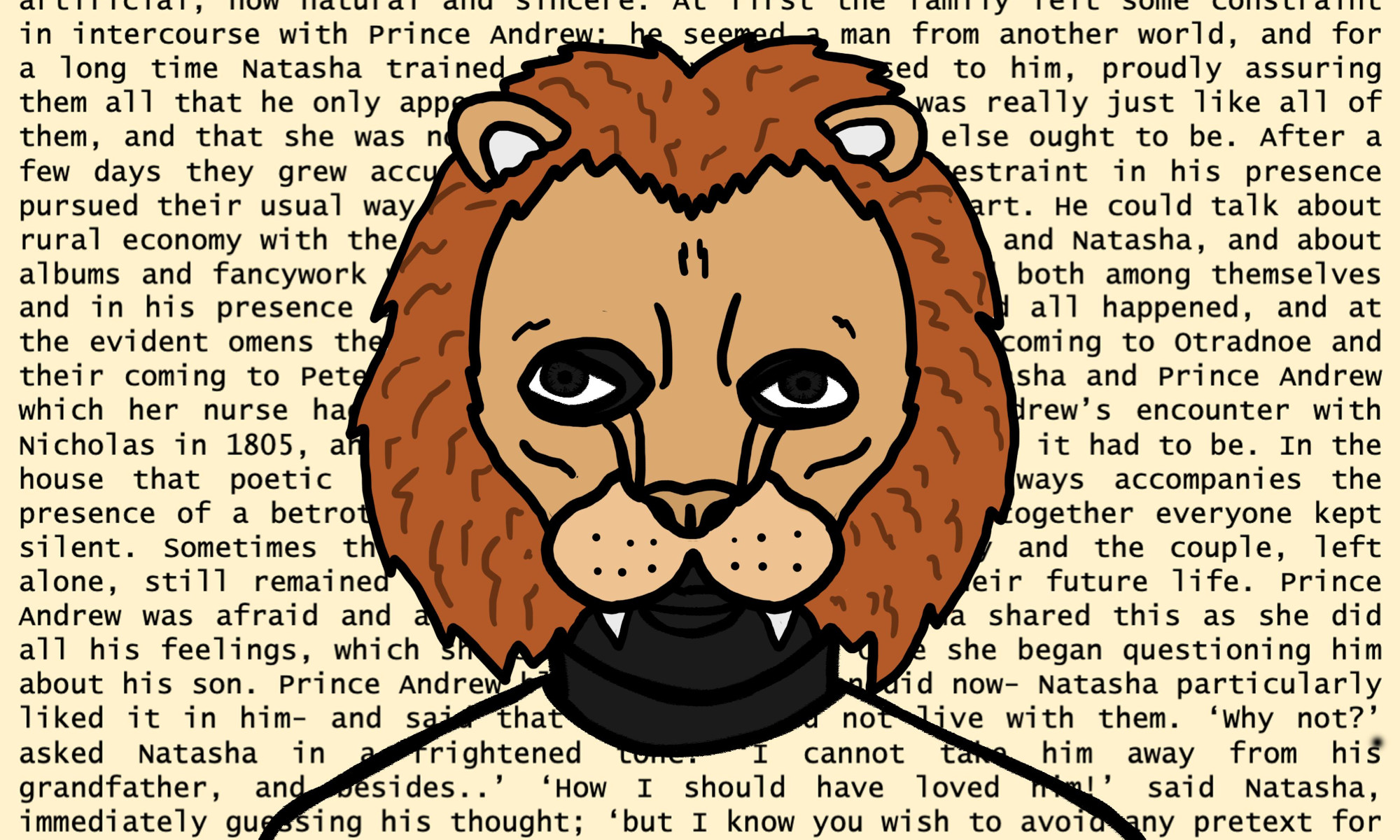eToro is an innovative online retail investor trading platform that provides users with various financial instruments to trade and educational resources to help them make informed decisions.
eToro is an online retail investor trading platform that allows users to trade various financial instruments, including stocks, currencies, commodities, and cryptocurrencies. The platform is designed to be user-friendly and accessible for those with little or no trading experience. In addition to its trading platform, eToro provides educational resources such as market analysis and trading guides to assist users in making informed trading decisions.

Founded in 2007 by brothers Yoni and Ronen Assia, eToro is headquartered in Tel Aviv, Israel, with offices worldwide, including in the United Kingdom, the United States, Australia, and Cyprus. The company’s mission is to open the financial markets to everyone and make it easy for people to trade and invest in various assets. Etoro’s vision is to create a world where anyone can trade, invest, and save, regardless of their level of expertise.
One of the main features that sets eToro apart from traditional online brokerages is its ability to allow users to copy the trades of other successful traders in the community. Etoro has rapidly grown since its founding and has over 20 million registered users in over 140 countries. The Cyprus Securities and Exchange Commission (CySEC) and the Financial Conduct Authority (FCA) in the United Kingdom regulate the company.
The company’s unique feature of allowing users to copy the trades of other successful traders in the community and its mission to open the financial markets to everyone has propelled eToro’s rapid growth and solidified its position as a leader in the industry.




